- Personalization
9 Common Personalization Myths Businesses Need to Stop Believing

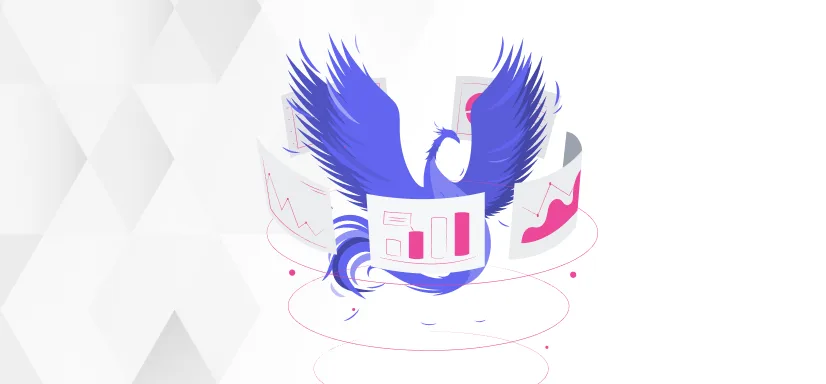
Personalization has been a hot topic in marketing circles for years. With the rise of digital marketing, it has taken on new meaning.
Everywhere you look these days, people are talking about how to personalize marketing messages, what should be personalized in marketing messages, who should be the target of your personalization efforts, and so on.
Marketers are always looking for ways to use data and technology to tailor content to customers' interests and needs.
Yet, many marketers are still falling victim to common myths about it.
There is no single "best practice" when it comes to personalization—it depends on the type of content you're creating and the market you're targeting.
This post will debunk common myths that can hinder your ability to realize all the benefits that personalized content can offer your business.
9 Personalization Myths to Ignore
Myth #1: Personalization Is Creepy
There's a myth going around that personalization is creepy.
You've probably heard it before – that giving people personalized experiences makes them feel like you're reading their minds, and no one wants to feel like they're being spied on.
But the truth is, personalization isn't about reading minds or spying on people. It's about understanding them as individuals and giving them the experiences they want and need.
It's time to stop believing the myth that personalization is creepy.
By personalization, we don't mean tracking your every move and sending you messages, ads, and content based on that data (though some companies do that).
We're talking about using data to understand your needs and preferences and providing you with a more tailored experience as a result.
In fact, recent research shows that 60% of consumers say they will become repeat buyers after a personalized shopping experience, and in 2017, this number was only 44%
Moreover, the same research shows that 69% of consumers say they appreciate personalization, so long as it’s based on data they’ve shared with a business directly.
It's straightforward to say that customers demand personalization.
In fact, when done right, personalization can be a powerful way to connect with your customers and increase loyalty and engagement.
Myth #2: Personalization Is Impossible with GDPR (and Other Regulations)
One of the most common myths that GDPR opponents like to perpetuate is that it's impossible for companies to personalize their products and services with this new legislation in place.
This couldn't be farther from the truth.
In fact, GDPR actually provides businesses with an opportunity to personalize their offerings more accurately than ever before because they now have explicit consent from customers as long as they obtain consent through an opt-in box or other clear, understandable method.
And also, as shared in the previous myth, 69% of consumers say they appreciate personalization, so long as it’s based on data they’ve shared with a business directly.
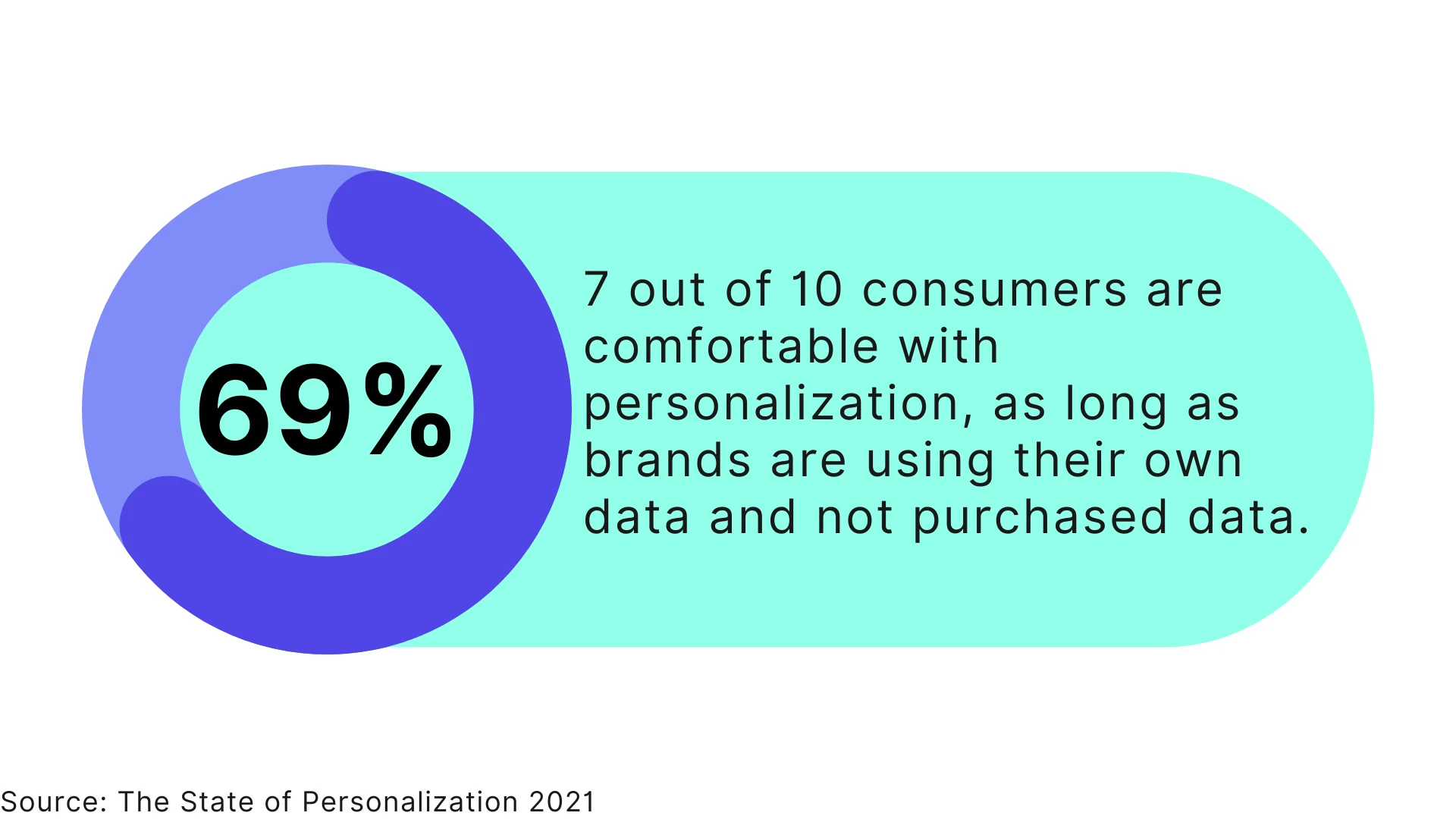
Those who gather, manage, and store data responsibly have nothing to be concerned about. Privacy rules and regulations only threaten personalization based on improperly gathered and maintained data.
People will be more willing to give over their data if they can feel secure about its use, where it is going, and who has access to it.
And this can only help with personalization.
Myth #3: Personalization Cannot Be Scalable
It's no secret that personalization is key to a great customer experience. After all, customers want to feel like individuals, not faceless numbers.
But can personalization be scalable?
Or are people just saying that because they don't know how to do it themselves?
Many people believe that it can't be, and this myth is stopping businesses from creating truly personalized experiences for their customers.
In fact, there are a number of ways to deliver a personalized experience at scale. And, most importantly, one should keep in mind that personalization is a process.
Many brands start with the basics and build up from there in order to achieve hyper-personalization.
You can also start with geographic and demographic data. From there, step by step, you can get more details with behavioral and psychographic data.
To achieve the personalization at scale, you need to orchestrate 3 pillars:
Customer Data
Content Design
Communication Channels
Myth #4: Personalization Is Only for Social Media Ads
We all know that Facebook Ads, Google Ads, and other types of ads can be personalized to the individual level. And, with the help of third-party cookies, marketers usually use personalization for these types of ads.
Because of this, you may be thinking that personalization is only for ads, but you couldn't be more wrong.
Personalization goes well beyond advertising. It's about creating tailored experiences across all platforms, including:
e-commerce personalization
personalized product recommendation
email personalization
content personalization
notification personalization
web personalization
etc.
One of the main reasons for this myth is that marketers put more value on ad personalization (pre-click personalization) via hyper-targeting with demographics, psychographics, firmographics, behavioral information, and more, rather than landing page personalization (post-click personalization).
Ultimately, marketers send this highly targeted traffic to a generic landing page where there is no personalization.
When the ad offers personalization, and you don't have that same level of personalization on your landing page, then visitors will feel very disconnected.
The bottom line is personalization is a process. And ad personalization is the beginning point of this process.
Myth #5: Personalization Requires High-Level Technology Expertise
One of the most important aspects of marketing is personalization.
However, many businesses believe you need technical expertise to be successful with personalization.
In reality, this isn't the case.
Of course, technology is part of the game. But successful personalization is about:
customer data
segmentation
experimentation and testing
content
and tech stack and technology expertise you have
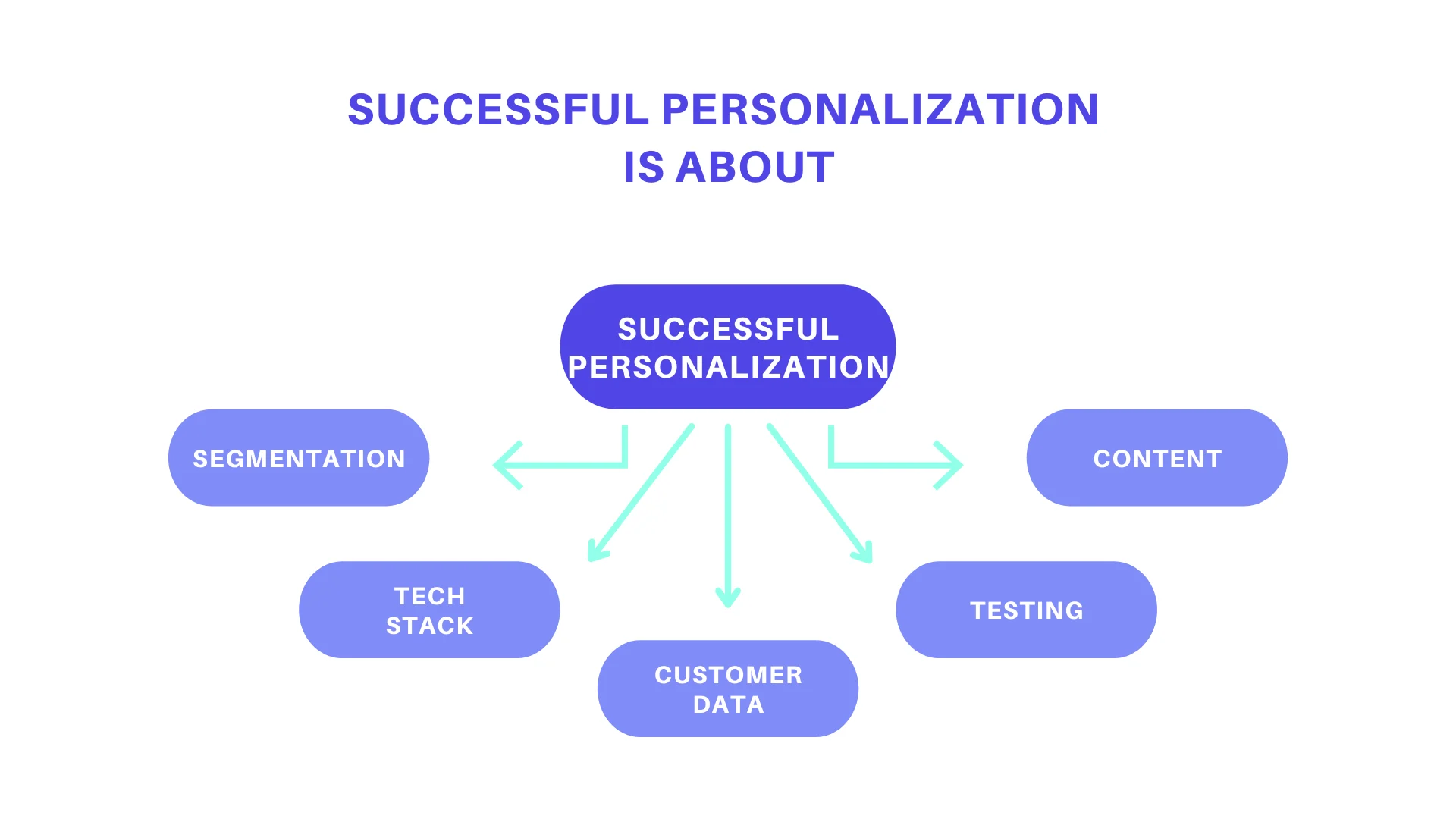
With the right tools, tech guidance, and strategies in place, you can successfully personalize your marketing without any technical expertise.
Myth #6: Personalization and A/B Testing Are Similar Concepts
You might believe that personalization and A/B testing are one and the same, but you would be wrong.
Personalization is all about using data to create a unique experience for each individual user, while A/B testing is all about comparing two different versions of a web page or email to see which performs better.
Personalization and A/B testing are two different things. However, when used together, they can increase the effectiveness of personalization strategies.
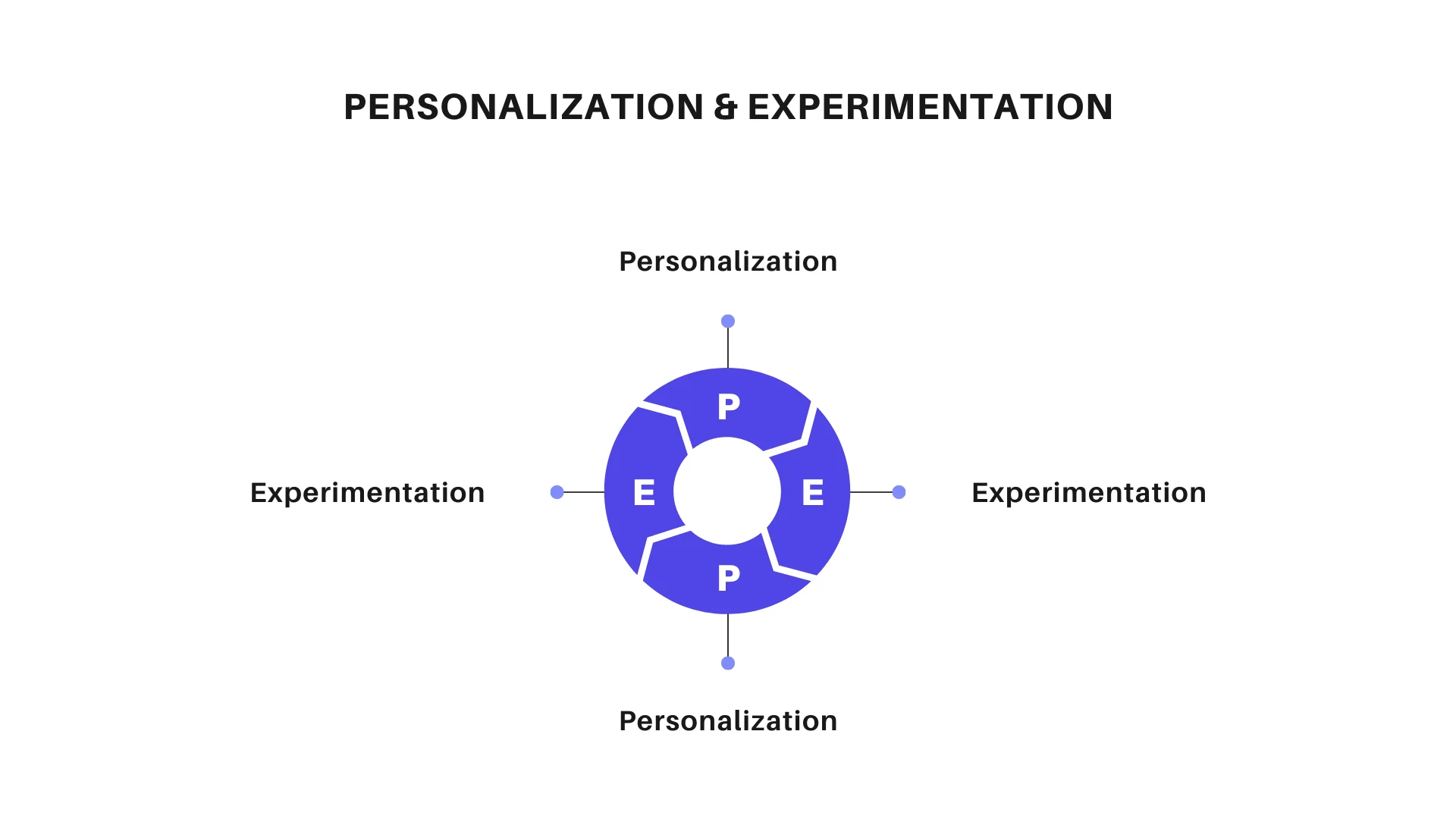
Personalization and experimentation go hand in hand.
The more we know about the user, the more we can customize their experience for them. This is where A/B testing comes into play.
It's a key component of any successful personalization strategy because it allows us to experiment with different versions of content and design elements to see which ones perform best with our target audience.
Therefore, the easiest way for a business to increase conversion rates is by using A/B testing and personalization techniques in tandem with each other.
Myth #7: Personalization Needs a Lot of Time, Content, and Resources
Can you believe that personalization does not need a lot of time, content, and resources?
Believe it or not, this is the truth.
The best way to start with personalization is to keep in mind that it is a process, not a destination.
That's why it's important to start small, iterate fast, and apply the learnings. Don't try to do everything at once; instead, focus on one or two areas where you can really make an impact. Experiment until you find what works best for your business and your customers, and let the process evolve over time.
For instance, start by personalizing your interactions with your most loyal customers. Identify what makes them unique and find ways to tailor their experience based on that information. As you continue to build on those personalized interactions, you'll be able to create an even better experience for all of your customers.
So don't be discouraged if you can't personalize everything overnight.
START SMALL!
And then gradually expand your efforts as needed.
Myth #8: Personalization Is Not for Every Industry
Many people believe that personalization is only suited for certain industries, such as e-commerce.
Yes..
Personalization is widely known for its effectiveness in the e-commerce industry, but many people don't realize that it can be just as successful in other industries.
In fact, personalization can be applied to a variety of sectors, whether it's a B2B or B2C industry.
Personalization is a powerful tool that any industry or business size can use. It's not about whether you're selling something B2B or B2C; it simply matters what your customers want from the product experience itself!
No matter what your industry is, personalization can help improve your marketing strategy. It allows you to create unique experiences for each customer, which can result in higher engagement, loyalty, and conversion rates.
That's why more and more businesses are turning to personalization to help them stand out from the competition.
Myth #9: Personalization Is Segmentation
Some people still think that personalization is equal to segmentation.
Although there is a powerful bond between these two concepts, they are different.
Personalization is the process of tailoring a message or experience to an individual consumer. On the other hand, segmentation is the process of dividing a market into homogeneous groups that can be targeted with unique marketing programs. By breaking down your target market into manageable groups, you can better understand their needs and how to reach them.
As you read from the definitions, segmentation helps better understand customers' preferences. For this reason, we should accept that personalization starts with customer segmentation.
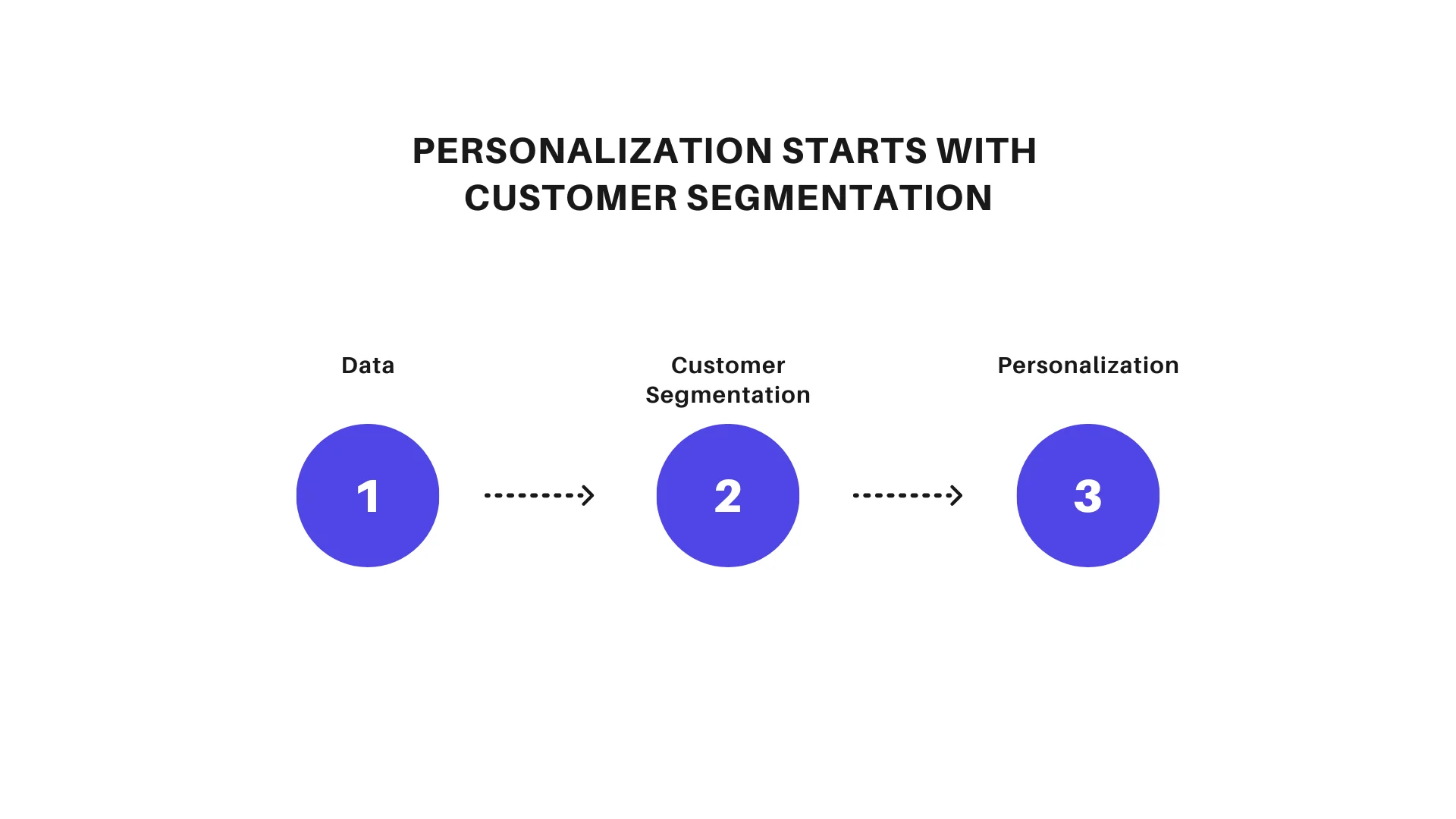
The key to personalization is understanding who your customers are and what they want.
With customer segmentation, businesses can create personalized marketing strategies, ultimately leading to increased sales and higher customer retention rates.
The Bottom Line
Personalization is a hot topic in the business world. Increasingly, companies are touting the benefits of personalizing their products and services to appeal to customers on a more individual level.
Still, when it comes to personalization, there are a lot of myths and misconceptions out there.
Many people think that it's expensive and time-consuming or that it's only for large businesses. But the reality is that personalization can be valuable for any business, regardless of size or budget. And with the right tools and strategies, it doesn't have to be expensive or time-consuming either.
So don't let the myths keep you from taking advantage of the power of personalization!
Learn how to deliver unique and personalized customer experiences to increase conversions
